Are you curious about ancient civilizations and archaeological finds? Here are the archaeology museums you must see in Mecklenburg-Vorpommern:
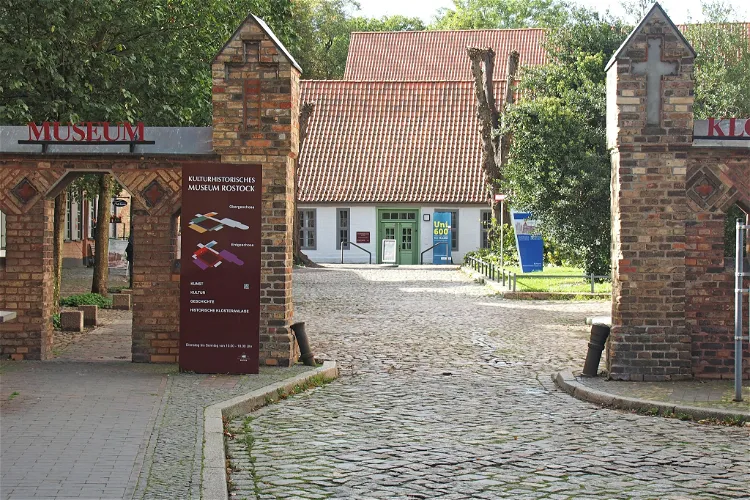
Culture Museum Rostock
RostockThe Culture Museum Rostock, originally named the Municipal Art and Antiquity Museum Rostock, is a significant cultural institution in Mecklenburg-Vorpommern. Established in 1859, it is one of the largest museums in the region, offering a rich collection of art and historical artifacts.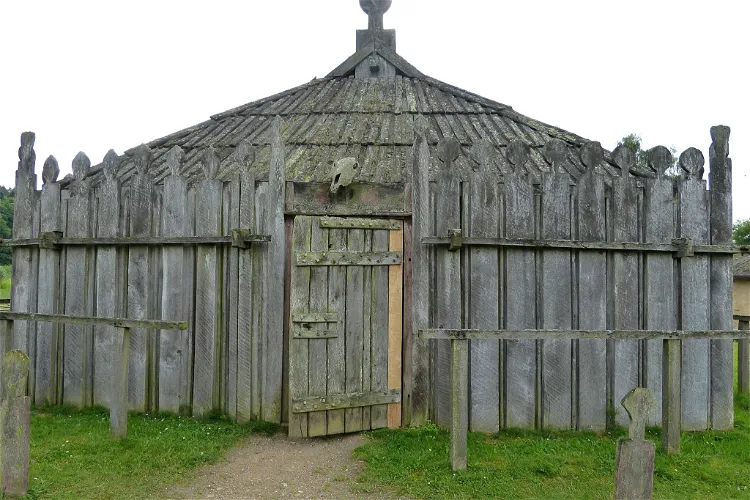
Groß Raden Archaeological Open Air Museum
SternbergThe Groß Raden Archaeological Open Air Museum is situated in the German state of Mecklenburg-Vorpommern, a few kilometres north of the small town of Sternberg and about a kilometre northeast of the village of Groß Raden. This location makes it easily accessible for tourists visiting the region.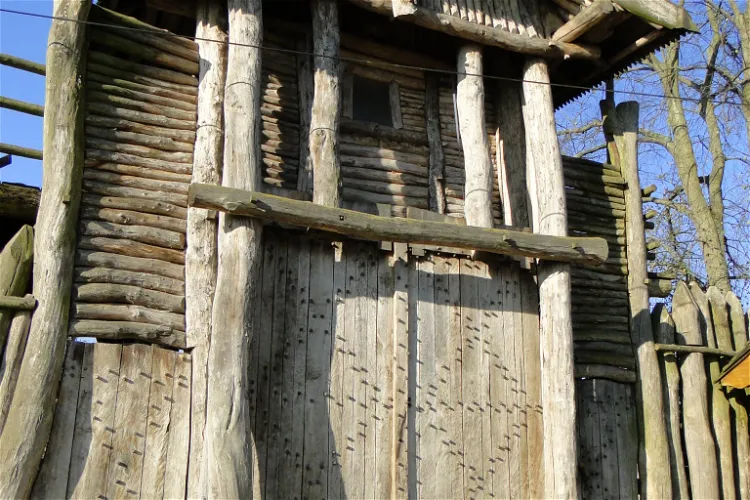
Slavic Village Passentin
PenzlinThe Slawendorf Passentin is an archaeological open-air museum situated in the Passentin district of Penzlin, in the Mecklenburg Lake District of Mecklenburg-Western Pomerania, Germany. This museum offers a unique opportunity to explore the historical and cultural heritage of the region, with buildings reconstructed based on archaeological findings from the 9th and 10th centuries.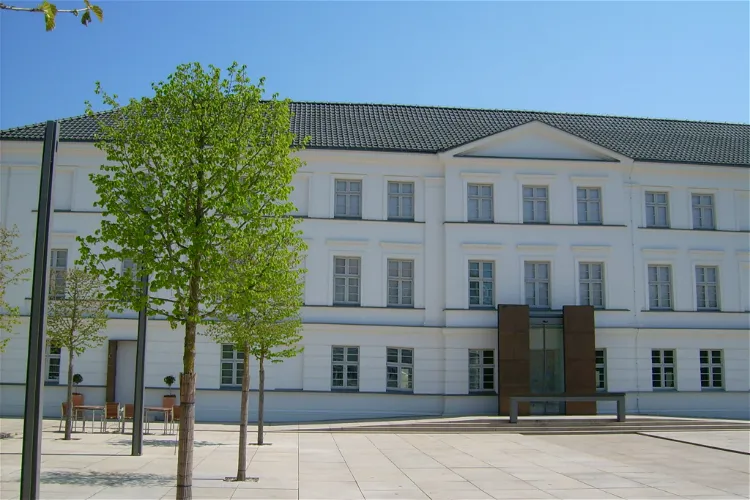
Pomeranian State Museum
GreifswaldThe Pomeranian State Museum, located in Greifswald, Western Pomerania, is a public institution that primarily focuses on the history and arts of the Pomeranian region. It provides a comprehensive insight into the cultural heritage of the area, making it a significant destination for those interested in understanding the historical and artistic context of Pomerania.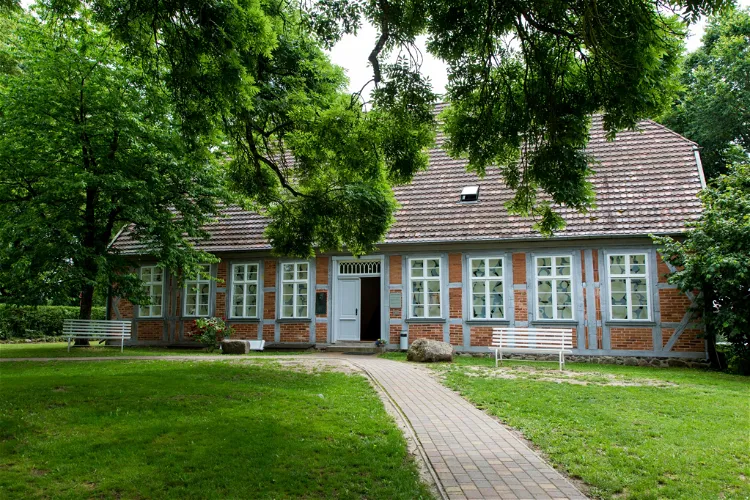
Heinrich Schliemann Museum
AnkershagenThe Heinrich Schliemann Museum in Ankershagen is a tribute to the life and work of Heinrich Schliemann, a renowned merchant and archaeologist. The museum is housed in the former parsonage of the town, where Schliemann spent his childhood years. It offers a unique insight into the life and times of this influential figure, making it a worthwhile destination for those interested in history and archaeology.
Steinzeitdorf Kussow
DamshagenSteinzeitdorf Kussow is an open-air museum located in the district of Kussow in Damshagen, Mecklenburg-Vorpommern, Germany. The museum was established between 1996 and 1998, offering visitors a unique insight into the life and culture of the Stone Age period.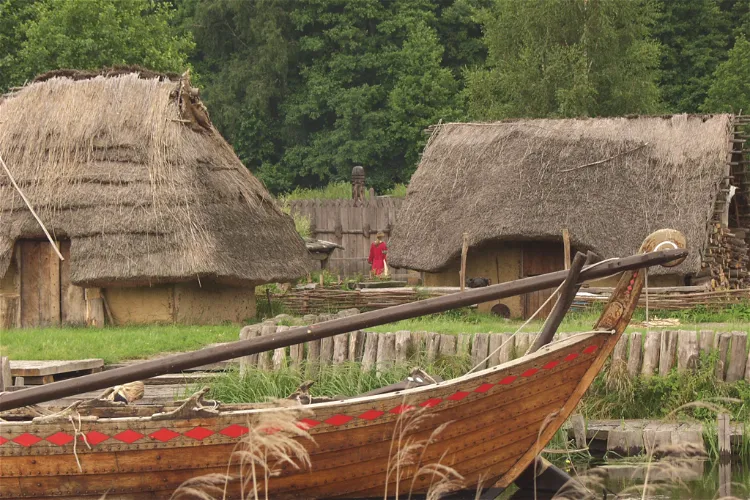
Ukranenland
TorgelowUkranenland is an archaeological open-air museum located in Torgelow. It is dedicated to showcasing the life of the Ukranen, an Elbe Slavic tribe. The museum aims to provide an authentic representation of the tribe's life during the early Middle Ages, making it a unique destination for those interested in history and archaeology.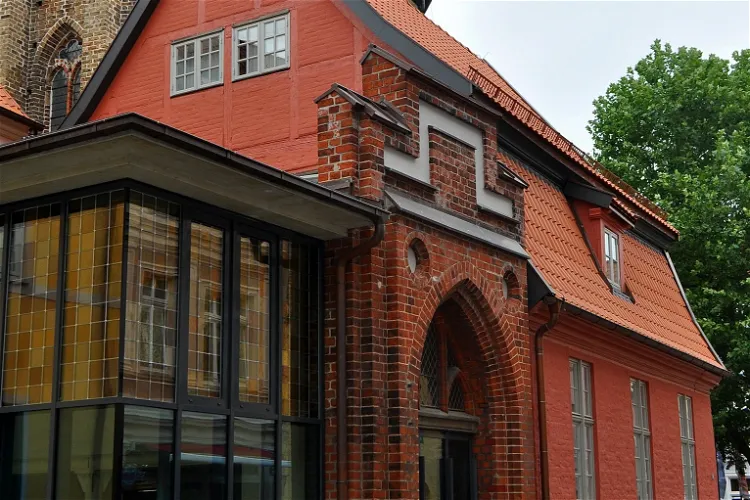
Stralsund Museum
StralsundThe Stralsund Museum, founded in 1859, is the oldest museum of its kind in Mecklenburg-Vorpommern. It showcases extensive collections of folklore, cultural and art history in the Vorpommern region. The museum is a testament to the rich history and culture of the region, making it a significant destination for those interested in understanding the area's past.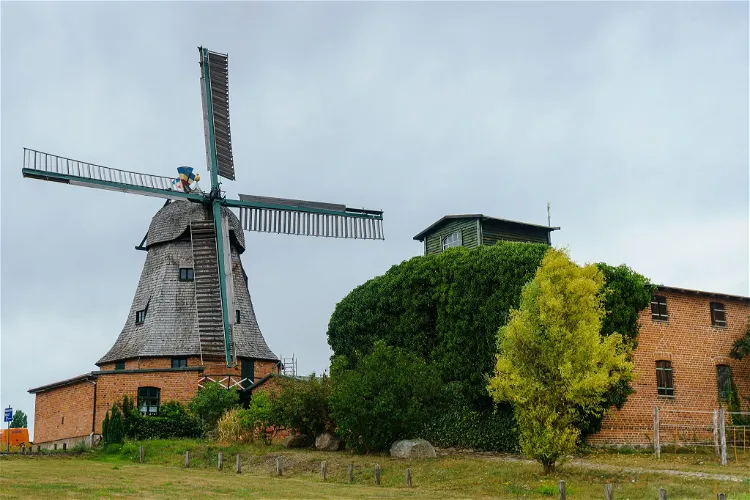
Stadtwindmühle Malchow
MalchowThe Stadtmühle Malchow, located on Friedrich-Ebert-Straße in the island city of Malchow in Mecklenburg-Vorpommern, is a significant historical site. The mill and the associated storage building are under monument protection, highlighting their historical and architectural importance. This location offers tourists a glimpse into the past and the opportunity to appreciate the preserved architecture.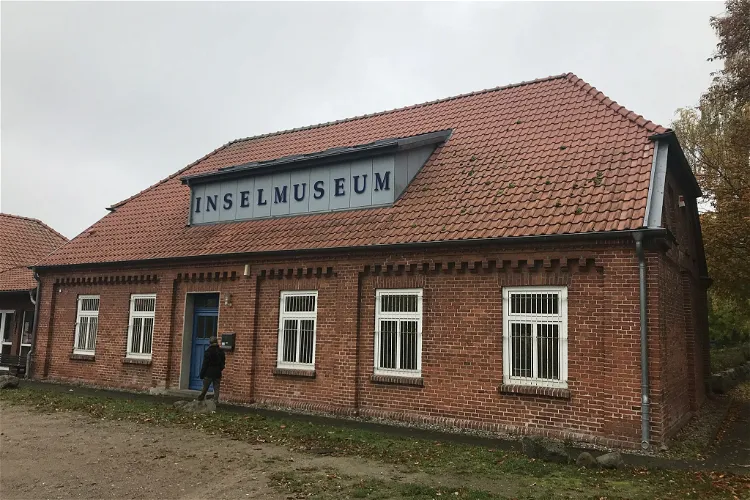
Inselmuseum Poel
KirchdorfThe Inselmuseum Poel, situated on the outskirts of Kirchdorf, is a museum dedicated to the history, culture, and nature of the island. It provides a comprehensive overview of the island's past and present, making it an ideal destination for those interested in learning more about the island's heritage.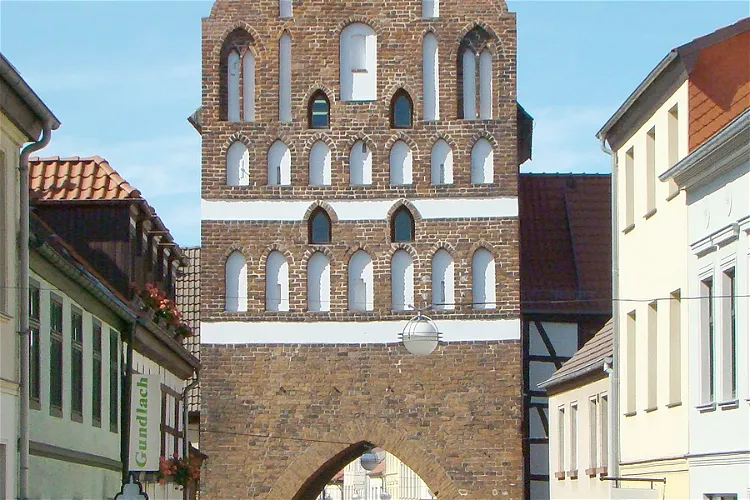
Malchiner Tor
TeterowThe Malchiner Tor has a diverse history, having served as a city prison in the 19th century. Since 1990, it has been home to the city museum. This transformation from a place of confinement to a place of learning and exploration is a fascinating aspect of the building's history that adds to its appeal for visitors.